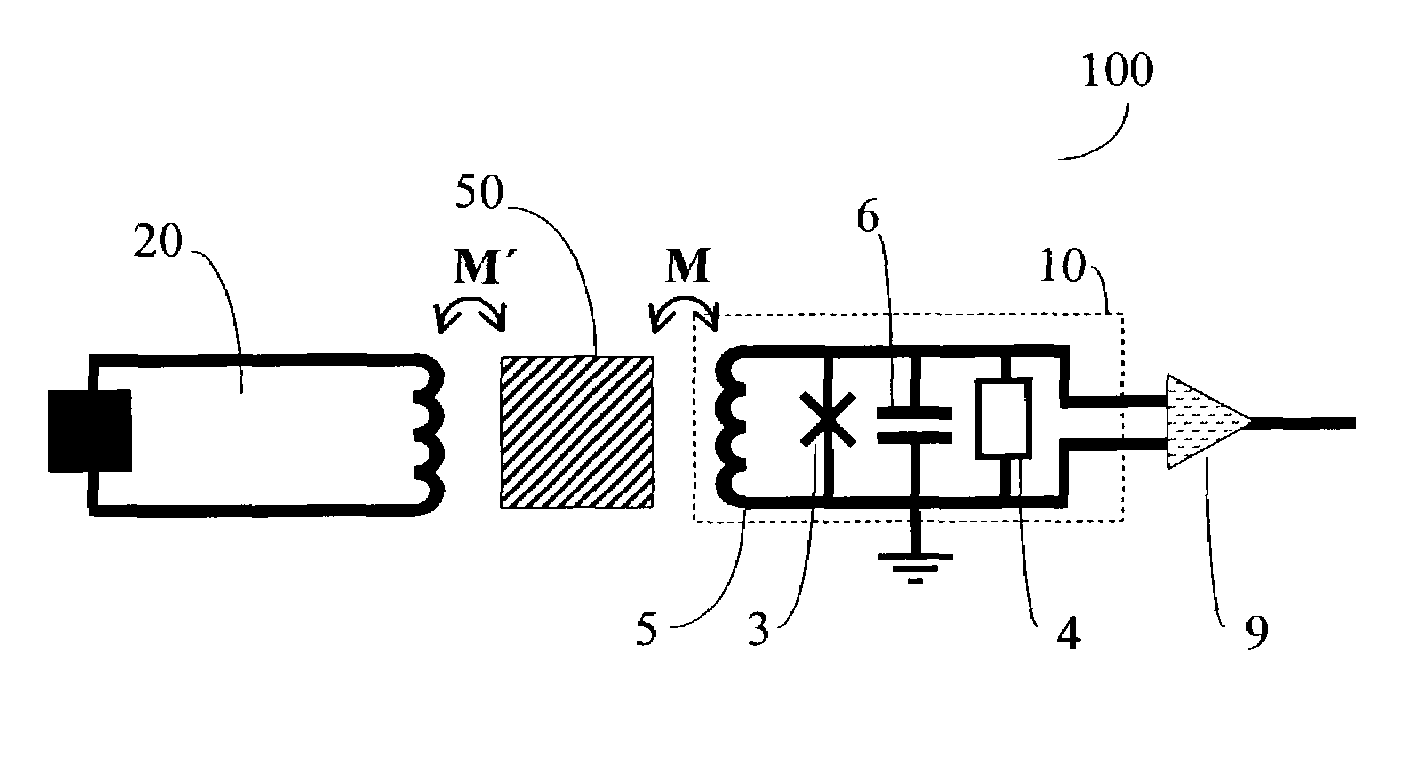Characterization and measurement of superconducting structures
a superconducting structure and superconducting technology, applied in the field of quantum computing, can solve the problems of not being able to take many measurements, and being able to use a more immediate and unobtrusive method,
- Summary
- Abstract
- Description
- Claims
- Application Information
AI Technical Summary
Benefits of technology
Problems solved by technology
Method used
Image
Examples
Embodiment Construction
[0030]The present invention provides apparatus and methods for characterizing qubits. A well-characterized system is required to make a qubit. Certainly, the system need be quantum in nature but the designer and user of a qubit must have additional information about the qubit in order to effectively use the qubit in a quantum computer. The requirement of a well-characterized system is the first basic criteria of a qubit. See DiVincenzo in, Braunstein and Lo (eds.), 2001, Scalable Quantum Computers, Wiley-VCH Verlag GmbH, Berlin, Chapter 1. The physical parameters of the qubit should be known quantitatively to a high degree of accuracy. Additionally it is desirable that these parameters be measured and not merely calculated. These parameters can be classical (e.g., capacitance) or quantum (e.g. tunneling rate). The parameters are used to quantitatively define the Hamiltonian of the qubit, which determines the energy eigenstates of the qubit, and other important operational characteri...
PUM
 Login to View More
Login to View More Abstract
Description
Claims
Application Information
 Login to View More
Login to View More - R&D
- Intellectual Property
- Life Sciences
- Materials
- Tech Scout
- Unparalleled Data Quality
- Higher Quality Content
- 60% Fewer Hallucinations
Browse by: Latest US Patents, China's latest patents, Technical Efficacy Thesaurus, Application Domain, Technology Topic, Popular Technical Reports.
© 2025 PatSnap. All rights reserved.Legal|Privacy policy|Modern Slavery Act Transparency Statement|Sitemap|About US| Contact US: help@patsnap.com



